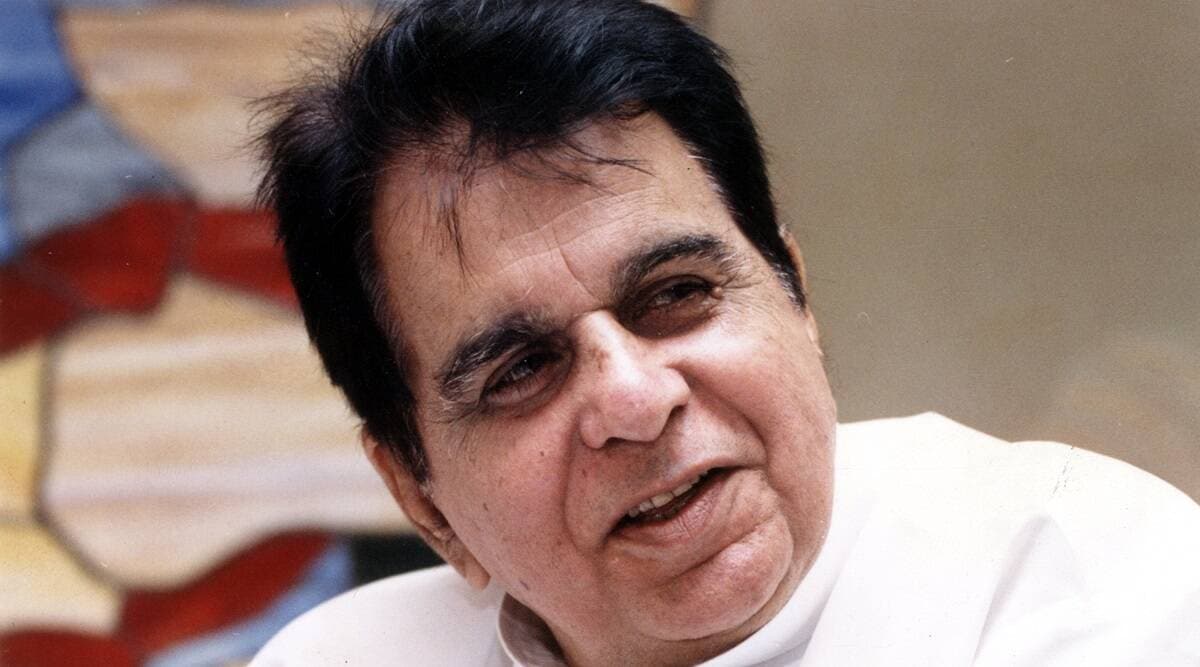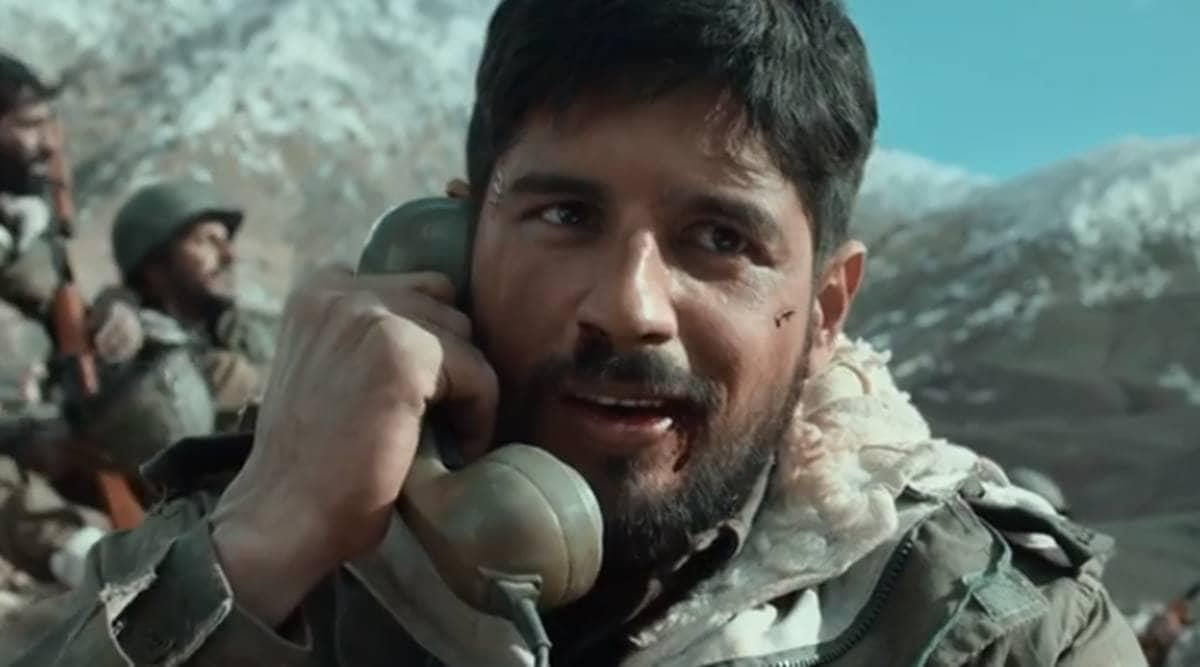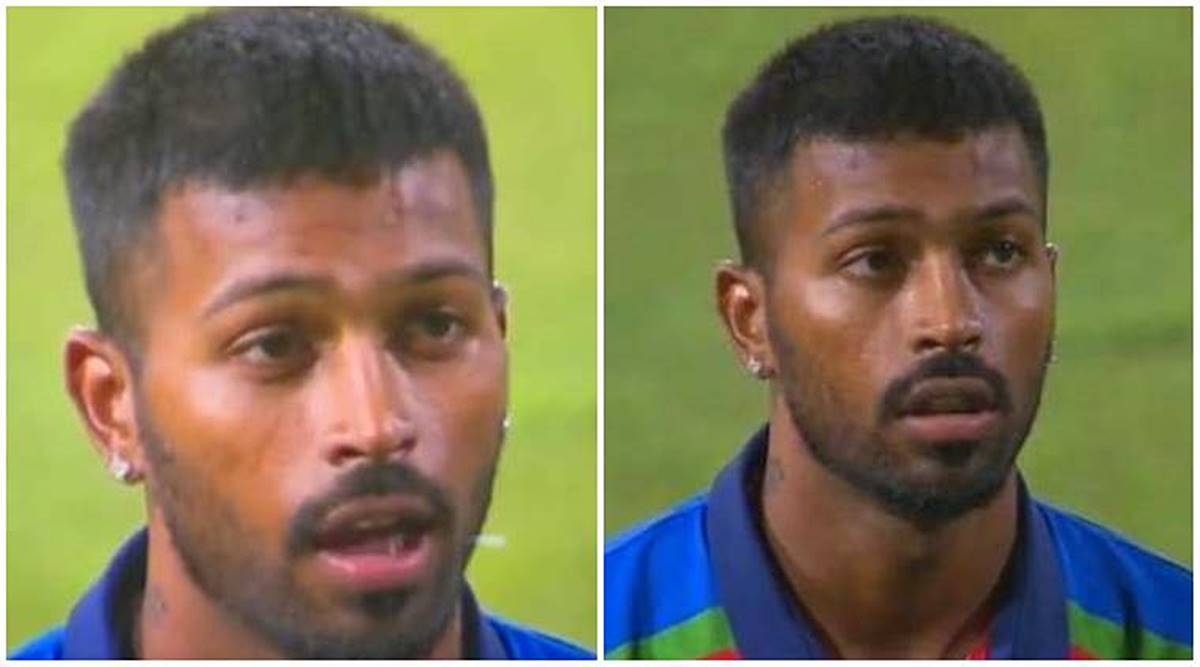
It was a Wednesday night as we, a household of six, huddled collectively for our mid-week soirée in entrance of a 14-inch black-and-white Sonodyne tv set, eagerly ready for Chitrahar to start on Doordarshan. After a few songs, as we heard the strumming of a guitar and birds chirping, my father, an aficionado of Hindi movies, sermoned: “At present’s actors make a number of effort for a tune. They dance in three totally different locales simply to carry your consideration for a four-minute tune. Now, right here comes an actor who can full your entire tune simply by plucking leaves from a twig. And consider me, you’ll by no means know ki gaana kab khatam ho gaya (when the tune ended).”
That’s how Dilip Kumar was launched to me by way of Salil Chowdhury’s melodious Dil Tadap Tadap Ke tune from Bimal Roy’s traditional Madhumati (1958).
For a child rising up within the early ’90s, who was not hungover on Amitabh Bachchan’s stardom and was nonetheless struggling to embrace Aamir Khan as l’amour de la vie, discovering the charismatic actors of the black and white period was soirée de délice.
In a household the place a mom, obsessed with Rajesh Khanna, named her firstborn after him, and the place Amitabh Bachchan was simply Amitabh, and Rajendra Kumar “Jubilee” Kumar, Dilip Kumar was at all times Dilip Saab. Even when he, as a gaon ka chhora, frolicked and danced flirtatiously with a bunch of gaon ki goris in Nain Lad Jaiye Ki Manwa Ma Kasak Hoibey Kahi in Ganga Jamuna (1961), Dilip Kumar was at all times the “gentleman”.
Life imitating artwork, and artwork imitating life have by no means been mutually unique, and we by no means knew when the 2 strains blurred whereas watching Dilip Kumar. So it occurred that my father, who needed his kids to be taught the morals of life from cinema, at all times instructed us to “be like Dilip Saab” and “not Amitabh”. His demureness, his character, his composure, and even his very ordinary-seeming coiffure had been all to be imbibed. Whereas in teen-hood, when a streak of rebel noticed occasional outbursts in a household of 4 siblings, our father at all times had a Dilip Kumar scene for us to emulate, even in our revolts. It was the scene from the 1960 magnum opus Mughal-e-Azam. As Salim, performed by Dilip Kumar, confronts his father Akbar the Nice, performed by the legendary Prithiviraj Kapoor, for the love of his life, he doesn’t transfer, his palms immobile, however his voice stays agency. It might have been a filmi scene, however Dilip Kumar and director Okay Asif elevated it to one thing of a textbook on familial maryada.
In Bimal Roy’s Devdas (1955), Dilip Kumar made a feudal, boastful and whining lover, a tragic hero, and bought the title of “Tragedy King”. In a scene from the movie the place he hits his childhood love Paro, performed by Suchitra Sen, after getting offended by her boldness and not-so lachaar (helpless) avatar, solely Dilip Kumar might salvage the horrible aspect of Devdas’ jilted lover character together with his deeply wounded voice and moist eyes as he bandaged Paro’s bloodied brow with a chunk of fabric torn from his silken kurta.
On the similar time, as a tangewaala in BR Chopra’s socialist critique of Nehru’s industrialisation coverage —Naya Daur (1957) — he charmed us as we watched him sing and dance with the gorgeous Vyjayanthimala, in OP Nayyar’s mellifluous Ude Jab Jab Zulfein Teri. And plenty of, like me, couldn’t resist emulating him even within the ’90s whereas spending winter break in my village aangaan, which had an uncanny resemblance to the setting of the tune — the identical mud homes, the identical mud roof-tiles (khapra) and the identical hanging kerosene lanterns.
After which there have been many qissas — tales of Dilip Kumar’s offscreen life that we obtained to know throughout my father’s weekend gupshup over tea and chanachur, studying interviews of his contemporaries in magazines, or watching Rangoli on Doordarshan through which Sharmila Tagore, as a number, used to share stunning anecdotes of yesteryear’s filmi duniya.
One such qissa was about Deedar, the 1951 mega-hit through which Dilip Kumar performs a blind man, who beneficial properties imaginative and prescient solely to blind himself for love. The qissa was that he spent hours observing a blind beggar exterior a Mahalaxmi theatre in then Bombay to good the antics of a blind man as a result of he felt that actors until then portrayed a visually-impaired particular person with shut eyes, which, in keeping with him, was not true in actual life. He performed the function together with his eyes broad open and the viewers understood that Shyamu couldn’t see.
Then there was this qissa of him discovering new skills within the business. Whereas watching the climax of Devdas, Dilip Kumar was impressed by the shot of a flaring prepare engine furnace as Devdas takes a sip of whiskey. He requested Bimal Roy: Who did the video modifying? Roy instructed him {that a} younger man known as Hrishikesh Mukherjee had edited the movie. Dilip Kumar met Hrishikesh — each had been the identical age — and inspired him to make movies. Hrishikesh instructed him that he has a narrative, however doesn’t know who would do it. In the future, Hrishikesh invited Dilip Kumar to a vacant flat and confirmed him the empty partitions. Dilip Kumar curiously requested: What are these marks on the partitions? Hrishikesh replied: They’re the imprints of each tenant who lived right here. They depart however a few of their nishanyaniyas are etched ceaselessly on these partitions.
Hrishikesh then went on to relate the story of Musafir to Dilip Kumar. The movie with a number of massive names, together with Dilip Kumar, was launched two years later (1957) and the movie business obtained a director who introduced the ’70s middle-class life on the display with movies like Anand, Chupke Chupke, Guddi.
We had been even instructed that Dilip Kumar by no means negotiated for cash. There’s a qissa of a producer asking him to do a movie. He signed the contract. After some months, the producer invited Dilip Kumar for Eid lunch. After the luncheon, when he began to go away, the producer gave him an envelope as Eidi. Whereas travelling again, Dilip Kumar curiously opened the envelope and located a cheque of Rs 10,000. He instantly rushed again to the producer’s home and requested him to take again the cheque because it was an enormous quantity for an Eidi. The producer instructed him apologetically: Yusuf Saab, sharminda toh aap humein kar rahein hai. Aapne ye nahin bataya tha ki aapko 30,000 rupaiye milte hain, ek movie ke liye. Humein pata nahi tha, aur aapse 20,000 rupaiye ke contract signal karwa liya. Ye 10,000 rupaiye charges maan ke rakh lijiye (I’m the one who’s embarrassed. You didn’t inform me you might be often paid Rs 30,000 for a movie. I didn’t know, so I made you signal a contract for Rs 20,000. Please settle for this Rs 10,000 as a part of your payment.)”
Such qissas had been narrated like Panchatantra tales on Sunday afternoons, telling us how morally superior folks of yesteryears had been.
We by no means noticed the 2 legends — Dilip Kumar and Guru Dutt — work collectively. The 2 got here near doing a movie. It was Pyaasa, which Guru Dutt initially supplied to Dilip Kumar, however he refused as a result of doing tragic roles had affected him, and the story of Pyaasa was extra akin to Devdas. Even in his 60s, when Dilip Kumar collaborated with younger stars, whether or not Amitabh Bachchan in Shakti and Anil Kapoor in Mashaal, he stole the scene together with his appearing as an alternative of the script. Who can overlook the trauma of an ageing man, rendered homeless, shouting for assist — “ae bhai ko hai” — on the empty streets of a drenched Mumbai evening in Mashaal (1984).
We don’t understand how he felt in recent times: A person born as Yusuf Khan in Peshawar of then India and feted as Dilip Kumar throughout the subcontinent. A person who healed the 2 partitioned nations together with his motion pictures to such an extent that it didn’t matter whether or not Dilip Kumar was Yusuf extra and Dilip much less, or Dilip extra and Yusuf much less. In a world of rising hate of every kind, we are able to at all times cling to his one dialogue from Mughal-e-Azam: “Taqdeerein badal jaati hai, zamaana badal jaata hai, mulko ke taarikh badal jaati hai, sahenshah badal jaate hai. Magar is badalti hui duniya mein mohabbat jis insaan ka daaman thaam leti hai, wo insaan nahi badalta. (Fortunes can change, the world can change, the histories of countries can change, emperors can change. However on this altering world, a person who’s touched by love doesn’t change.)”
Dilip Saab by no means modified, for he was held by love until the top — “Zindabad, Zindabad, Ae Mohabbat Zindabad!”.









